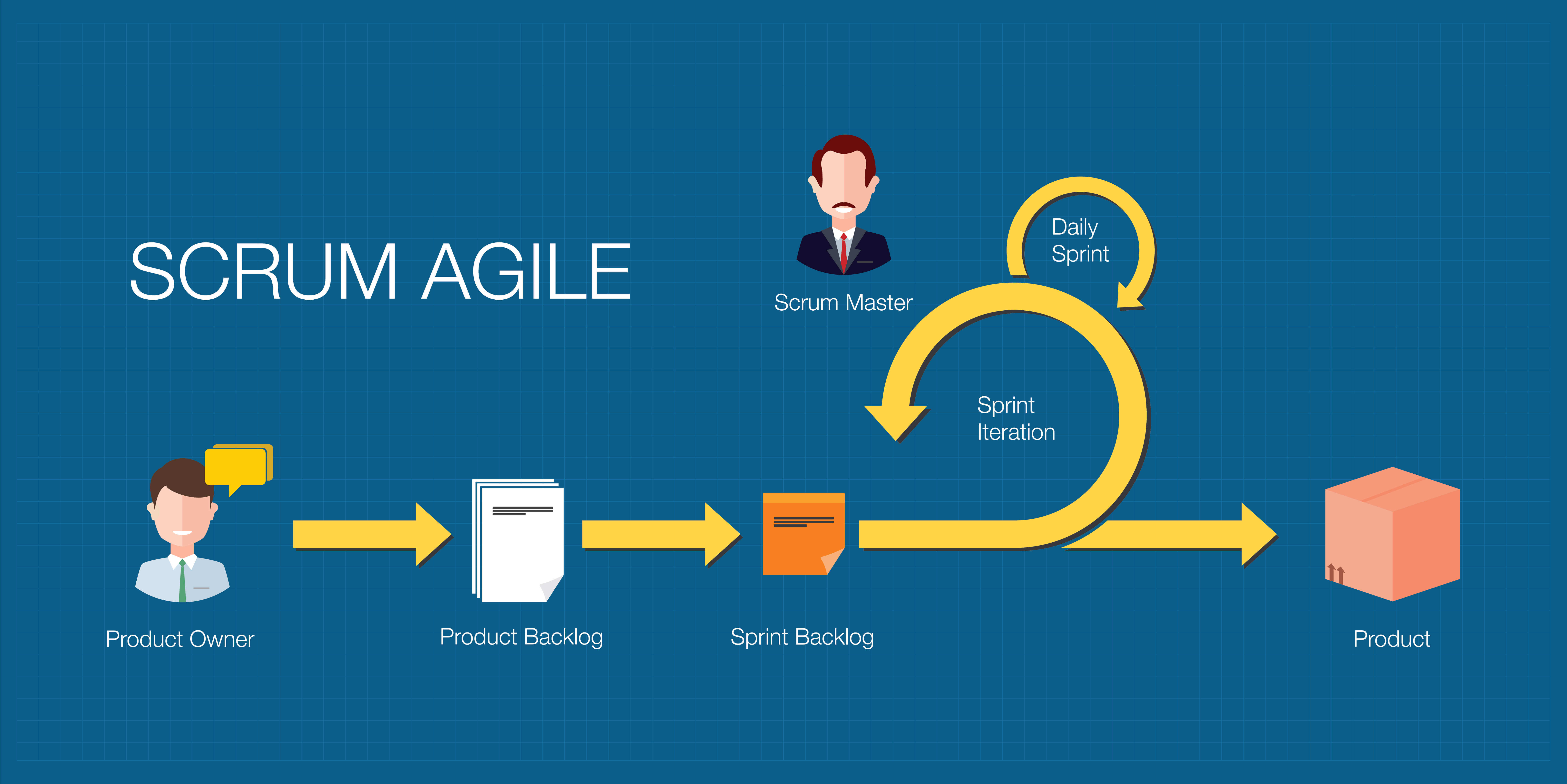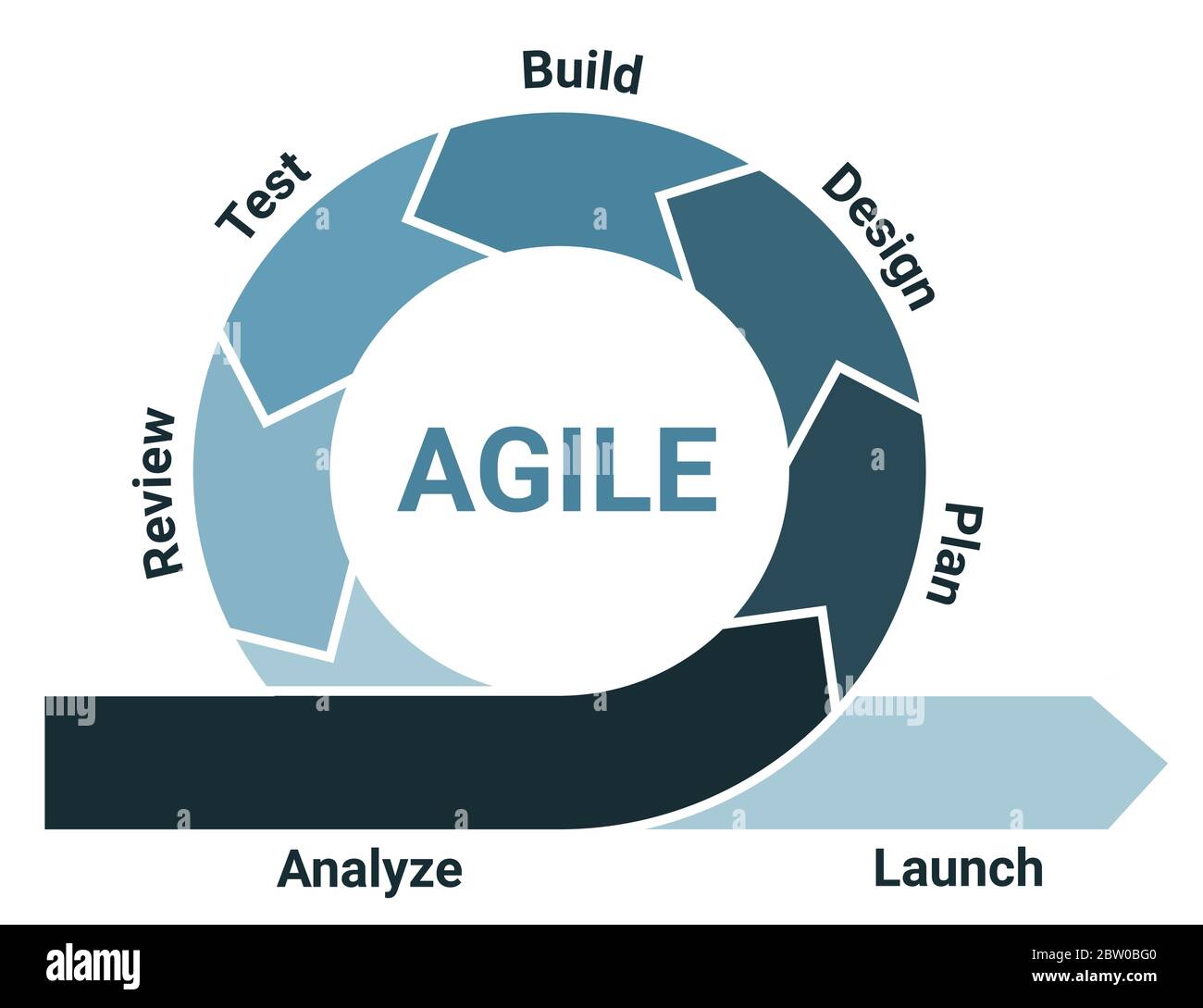Table Of Content

He has provided private consultancy for companies navigating the complexities of creating digital products. Oto's expertise extends across diverse domains, including finance, communications, marketplaces, the NFT space, crypto applications, promotional and private websites, online streaming, blogs, and education. It’s also worth noting that many scrum teams use select aspects of kanban, specifically the kanban boards, for visual task management. Based on the above comparison, use scrum for feature-driven projects with regular release schedules, and use kanban for small pieces of work such as enhancements to an existing application. Once a phase is done, going back to make changes is time-consuming, risky, and costly -- hence, the need for an agile alternative that can keep up with changing demands and expectations. Provide your teams with the tools they need to adapt to changes and deliver outcomes.
Why Agile Teams are awesome!

About 20 years ago, Agile was merely a set of management practices aimed at developers. Agile has permeated a multitude of different types of organizations, teams, and crafts. Agile Design fosters cross-useful collaboration through related to designers, developers, and stakeholders throughout the whole layout method. Regular remark periods and open verbal exchange channels beautify know-how and alignment. This precept highlights the significance of government buy-in and consumer support (UX) designers. Whatever method you use, it’s important to be as accurate as possible when creating release timelines.
How Asana uses work management to streamline project intake processes
For a very long time, design has not been perceived as an iterative process. Often, designers would be pushed to start working on high-fidelity prototypes straight away. This often resulted in poorly thought out products that didn’t really address users’ needs adequately. Plus, regular communication is a crucial aspect of the process too. Agile enables stakeholders and clients to provide teams with regular feedback. More importantly, teams can decide what improvements need to be made on each short iteration.
Purpose Driven Organizations In Action
The ever-changing store: An agile approach to redesigning retail formats McKinsey - McKinsey
The ever-changing store: An agile approach to redesigning retail formats McKinsey.
Posted: Thu, 11 Apr 2019 07:00:00 GMT [source]
It also allows them to gain a better understanding of just how the realized vision will operate in a real world context. The more regular the communication, the lower the chances of surprises arising down the road, the better a team can adjust to changing demands along the way, rather than having to retrace their steps. More than anything, the agile process emphasizes the production of on-time and on-budget deliverables, not perfection, as products can always be tweaked down the road. This mostly takes the form of iterations, short, intense periods of production with smaller, more achievable goals that build in further iterations down the road. It’s no secret that the agile development process has been hurtling through the development world for several years now, swatting aside the older, clunkier waterfall development method.
Team Collaboration Patterns Part 7: The Dedicated Team Member
It helps you get a detailed overview of tasks in the project backlog, keeps all stakeholders on the same page, and offers seamless progress tracking across different stages of the sprint lifecycle. If you manage a non-development team and want to implement agile methodologies into your system, ClickUp’s Agile Project Management Template would be a good starting point. Arrange daily standups or daily scrum with your agile team to facilitate continuous collaboration and improvement. During this stage, the agile team has to identify the scope and requirements of the releases and estimate the time needed. Be flexible with the deadline—set a target to complete a release by a certain quarter to proceed with a ballpark timeline in mind.
Smaller increments are typically released to market, reducing the time and cost risks of engineering a product that doesn't meet user requirements. Developers and engineering architects want to be involved when the product and creative teams are designing the software or system. Product, UX, and creative teams want to stay involved during engineering processes yet so many methodologies exclude them. Adopting an agile approach of looping clients into every phase of the process and producing a constant stream of deliverables can help fix this, as it allows clients to play around with designs as they go.
The manifesto, written in 2001 when video conferencing was not widely used, states this in relation to the communication of information, not necessarily that a team should be co-located. In this stage, completed work items are subjected to user validation to assess the accuracy of predictions made during the earlier stages. Moreover, users or stakeholders validate whether the delivered product or features align with the initial predictions and expectations. Based on the feedback received during user validation, teams iterate on the work items if necessary, ensuring that any discrepancies or adjustments are addressed promptly. InScrum's predefined roles, ceremonies, and artifacts can sometimes create a rigid framework that may not align with every organization's unique needs and dynamics. This rigidity can stifle creativity and innovation, as teams may feel constrained by the strict adherence to Scrum practices.
Agile is technically not a methodology by itself, but rather a mindset for approaching how projects get done. It's not considered a methodology because Agile doesn't specify which tools and processes should be used. This is one of the reasons why each sprint is short—only a few weeks maximum. This methodology allows for frequent changes, trial-and-error approaches to problems, and many iterations of self-correction. This framework is based on the idea that project resources can change at any time. For example, budgets can change, timelines can shift, or team members working on the project may transition to different teams.
Agile vs. scrum: What’s the difference?
SAFe tries to solve the complexity problem by throwing everything but the kitchen sink into its framework. They need the capability to define and adapt processes to their needs. Safe tries to circumvent this with its methodology bloat, and dangerously so. In Agile development and design, a spike is a time-boxed task to answer a specific question or address uncertainties. It involves research or prototyping to gain the knowledge teams need to reduce risks or make informed decisions. Unlike regular user stories that produce shippable product increments, spikes generate knowledge.
WIRED Brand Lab Why Agile is the Next Big Thing in Product Development - WIRED
WIRED Brand Lab Why Agile is the Next Big Thing in Product Development.
Posted: Wed, 18 Jan 2023 15:42:23 GMT [source]
On the other hand, Sprints are short, time-boxed iterations (usually one to four weeks) during which teams work on a subset of user stories or tasks. Instead of building the entire product at once, Agile breaks it down into smaller bits of user functionality and assigns them to two-week cycles we call iterations. When the needs of a project change, an adaptive team changes as well. An adaptive team has difficulty describing exactly what will happen in the future. The further away a date is, the more vague an adaptive method is about what will happen on that date. An adaptive team cannot report exactly what tasks they will do next week, but only which features they plan for next month.
The iterative process, while beneficial, can complicate long-term scheduling and resource allocation. In this process, your goal is not to create a deliverable but to improve the design in each iteration. It does not mean that Agile is limited to software products, but since this article is related to software development, we will talk about that. Curious about how AI in Business Intelligence is changing the game? Dive into how advanced analytics, machine learning, and natural language processing are not just buzzwords but real tools reshaping strategic decision-making and operational efficiency in the business world. Let's explore the transformative journey of AI-driven BI tools together.

In this two-day introductory course in its latest release (version 6.0), you will gain an in-depth understanding of the ART and how it delivers value. You will gain the skills to leverage Scrum, Kanban and XP to effectively perform your role as a SAFe® practitioner. It also explores the importance of customer-centric approaches and Design Thinking in Agile Product Delivery, along with implementing Lean Portfolio Management. As a result, you can create high-quality products that add value to the customer’s life without worrying about wasted effort and resources. Focus on effective sprint planning with ClickUp’s Agile Sprint Planning Template. From identifying backlogs, sprint planning, daily standups, and sprint review to retrospectives—the template helps you take care of every step.
Select a program, get paired with an expert mentor and tutor, and become a job-ready designer, developer, or analyst from scratch, or your money back. As touched on in the definition we looked at earlier, Lean UX works on a core assumption that the initial prototype—the first thing the team designs—will be wrong. As you can see, Agile UX and Lean UX are driven by some of the same overarching principles.
The success of an Agile design project heavily relies on the team's dynamics. A highly collaborative environment demands that all team members are proactive, communicative and adaptive. In scenarios where team dynamics are not optimal, the project's success could be in jeopardy.
In conclusion, the relevance of systems models in the IT domain cannot be overstated. This systemic integration not only enhances their capacity to address current challenges but also positions them to lead the way in shaping the digital landscapes of tomorrow. The Levels of Perspective Systems Model categorizes viewpoints from which a system can be analyzed, ranging from concrete events to deep-rooted structures and mental models. This hierarchical framework includes the Events level, Patterns of Behavior level, Structural level and, sometimes, the Mental Models level.
UPQODE’sattentiveness and flexibility support a successful partnership. The site functions to advertise a certainmedical procedure, so I can’t speak to any traffic metrics. We expect agile design to become even more popular in the next few years as businesses increasingly recognize its value. If you’re interested in learning more about agile design, we suggest checking out some of the resources on our blog. Effective communication is critical to any successful endeavor, but it is especially important in the agile design context. The agile design’s fast-paced nature means there is little room for error; if team members are not communicating effectively, it can quickly lead to project delays or even failure.

No comments:
Post a Comment